Unraveling 20 Twisted Mysteries of Bunions: A Journey from Causes to Complications
What starts as a small bump on the side of your foot can quietly evolve into a daily source of pain, frustration, and even long-term damage. Bunions—those bony protrusions at the base of the big toe—aren’t just a footnote in your health; they’re a full-blown warning sign. Caused by misalignment over time, often made worse by narrow shoes or inherited foot structures, bunions can slowly twist the big toe inward, distorting your stride and complicating even the simplest walk. While many turn to wider shoes and pain relief as a first defense, truly managing bunions means understanding their full story—where they come from, what they lead to, and how they can be stopped in their tracks. That’s why we’ve expanded our guide to Unraveling 20 Twisted Mysteries of Bunions—a deep dive into the hidden causes, overlooked triggers, and serious complications you can’t afford to ignore.
1. Foot Injuries

Foot injuries and stress on the foot can lead to a bunion. If individuals wear narrow shoes that squeeze their toes, the big toe is more likely to be pushed toward the second toe. This squeezing causes an injury that, over time, leads to the development of a bunion. A bunion occurs when the first metatarsal bone found in the foot pushes outward, causing the big toe to point inward, which leads to a bump. Any injury caused by compression to the foot can lead to a bunion. With that said, bunions typically develop due to repeated stress on the foot over time. Toes wrapped too tightly while an individual is recovering from a foot injury can lead to a bunion. If an individual's shoes are narrow enough to cause pain when they wear them, especially when they wear them for long periods, they may cause a bunion. Bunions are most likely to develop when the foot is squeezed into a narrow shoe.
2. Congenital Deformities
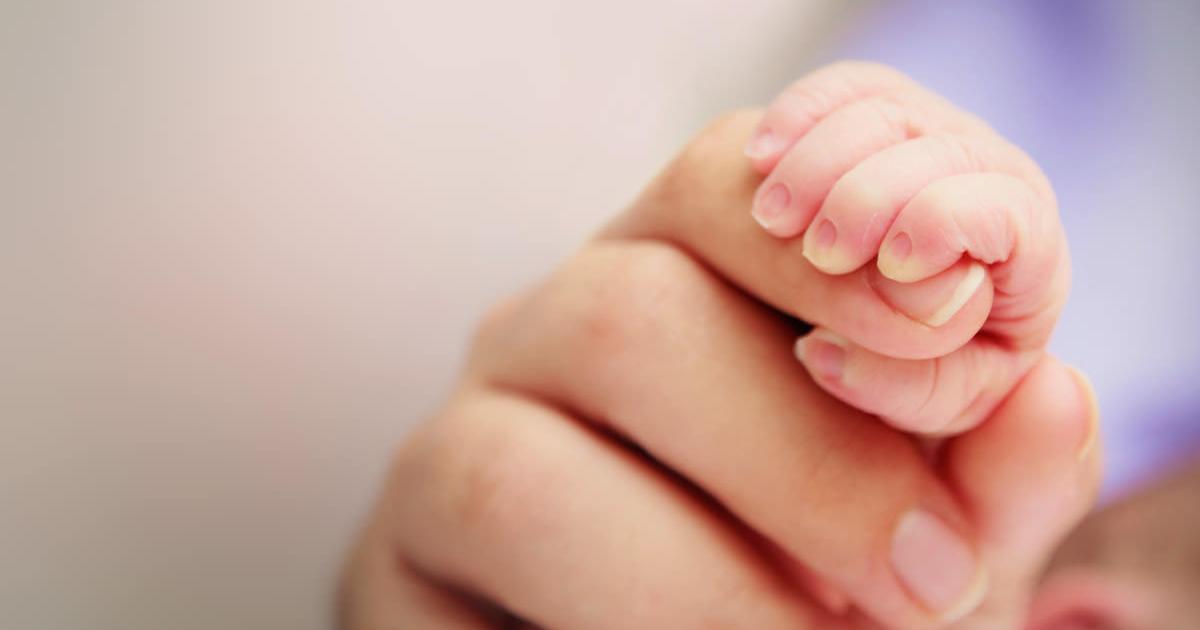
Some bunions can be the result of congenital deformities. In these cases, the bunions may not develop over time and may instead be part of the foot's natural shape. Congenital deformities also increase an individual's risk of developing a bunion. Even if the bunion is not present at birth, the foot bones of someone with congenital deformities may be more likely to shift with pressure than someone without the deformities. Two types of bunions have been identified by experts: congenital and acquired. A congenital bunion is acquired. The majority of patients with this bunion notice it during their teen years. Many congenital bunions are non-progressive, which means they do not worsen over time, unlike acquired bunions. As long as a congenital bunion does not cause pain, it can be supported by a properly fitted shoe without needing surgery. Some individuals with congenital bunions may benefit from orthotics. However, as long as the right footwear is used, congenital bunions are unlikely to cause ongoing painful symptoms for the patient.
3. Foot Type
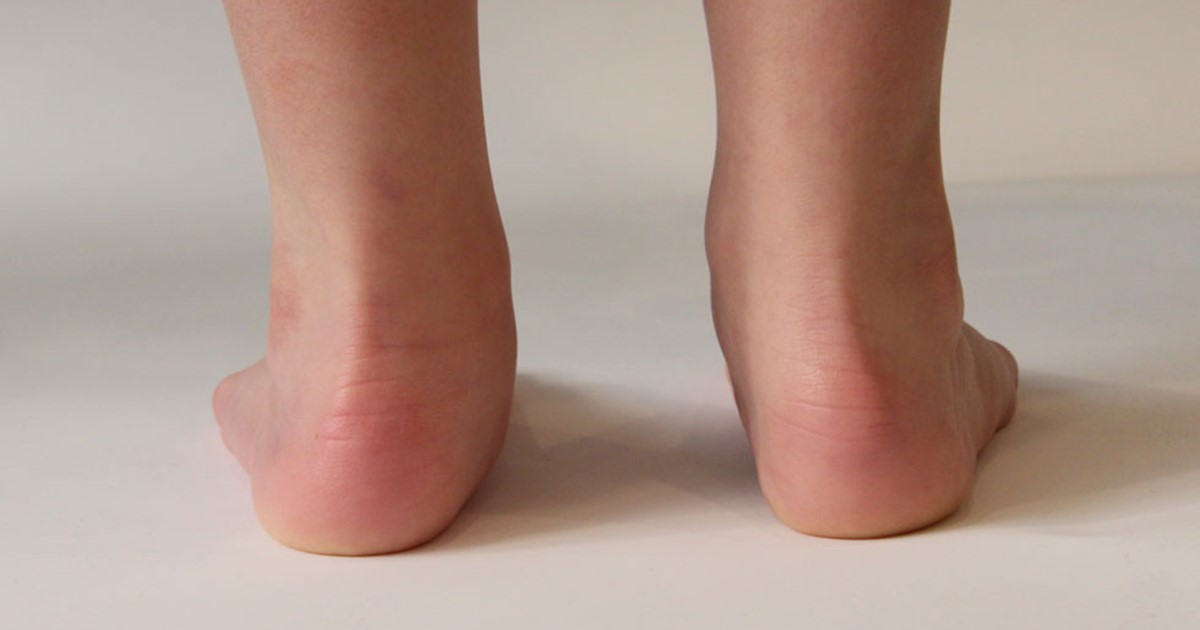
The type of foot an individual has seems to play a role in the development of bunions. Individuals may be more susceptible to developing a bunion due to genetics. Some are also just born with a bunion because of how their foot is formed. If an individual had a parent who developed a bunion, they often have a higher risk of developing one as well. The reasoning for this is not one hundred percent clear. One theory is that some individuals have bones that can shift more easily than others, particularly in the foot. Another theory is that some individuals might have feet that are not easily shaped for most footwear. Individuals may need to get specialized footwear or take more care with where they shop to avoid developing a bunion. Individuals with wider feet may be more susceptible to developing a bunion if they do not specifically buy wide shoes. Wide-set toes are more likely to be compressed by regular and narrow shoes, particularly if they are wearing footwear like high heels. Many shoes women wear professionally in the office can increase the chances of developing a bunion.
4. Wearing Ill-Fitting Shoes Or High Heels
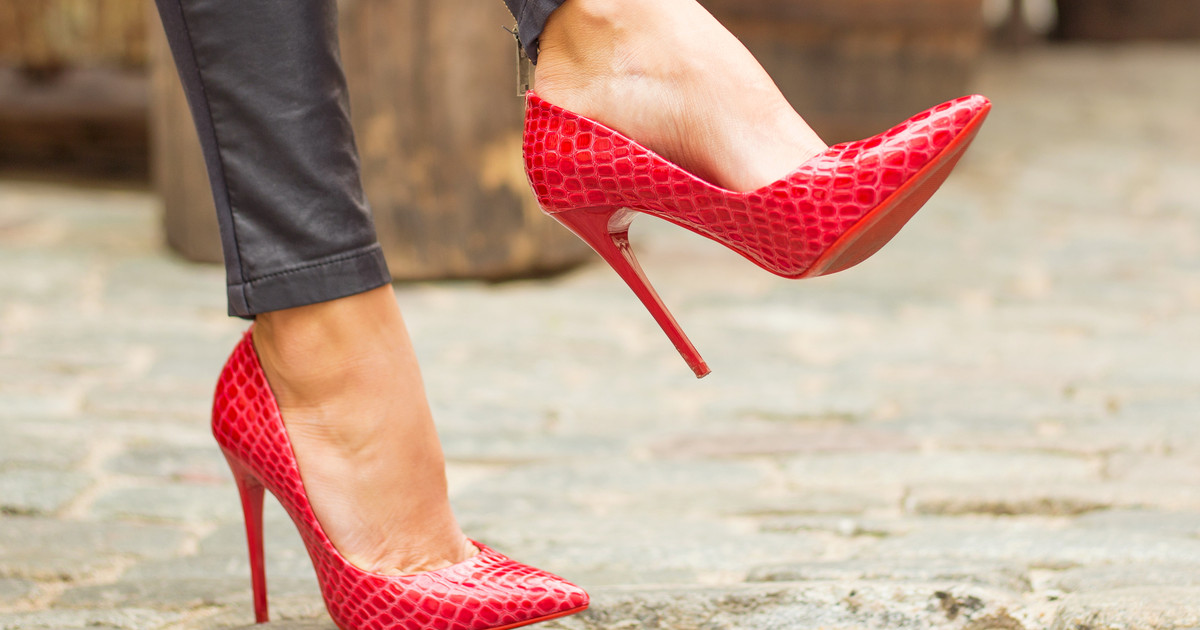
A major risk factor for the development of bunions is wearing ill-fitting shoes or high heels. In some cases, individuals may be wearing ill-fitting high heel shoes. An individual’s toes are forced to the front of high heel shoes. The front of these shoes often compresses the toes, particularly when individuals are wearing pointy-toe high heel shoes. Unfortunately, this crowds the toes. This is a common effect of ill-fitting shoes as well. Shoes that are too narrow, tight, or pointed put more pressure on the feet and toes. Ultimately, this pressure is what can injure the foot and increase an individual’s overall risk of developing bunions.
5. Rheumatoid Arthritis
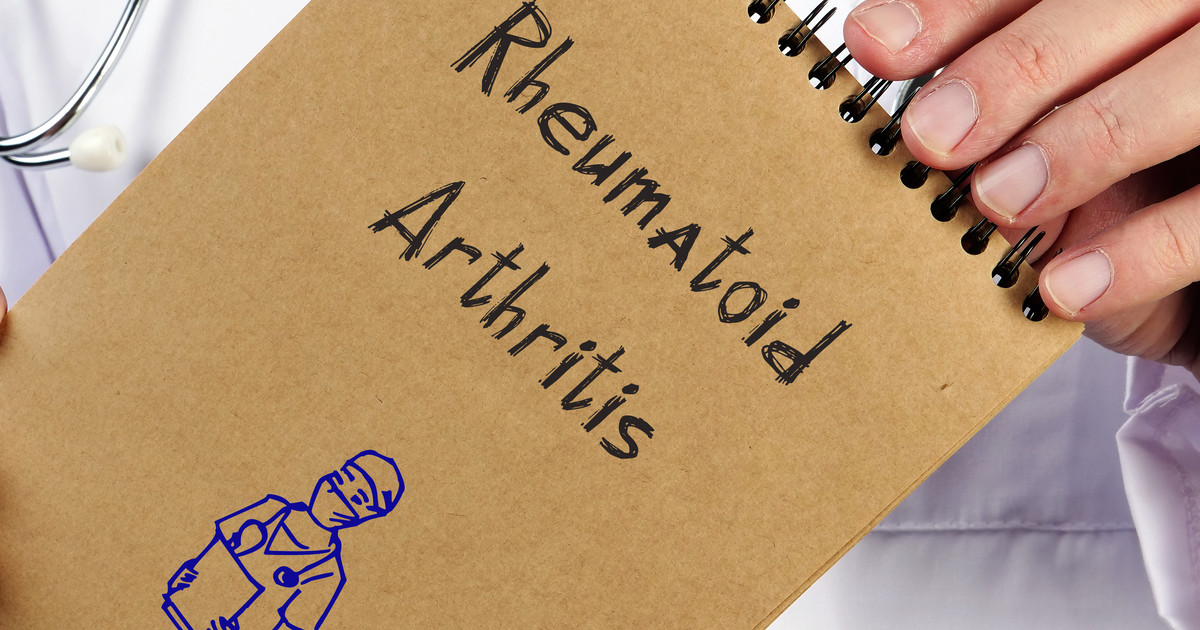
Rheumatoid arthritis is an autoimmune form of arthritis, an inflammatory condition. This condition causes joint pain, inflammation, and damage throughout the patient’s body. Patients often deal with significant joint swelling and tenderness, as well as joint stiffness, fatigue, appetite loss, and fever. Unfortunately, rheumatoid arthritis increases an individual’s risk of bunions. Their risk is higher even in the early stages of rheumatoid arthritis, as these stages affect smaller joints first. This includes the joints between the toes and the feet. One of the reasons that rheumatoid arthritis patients are at a higher risk of bunions is the effects of joint inflammation. Many patients also deal with joint erosion in their toes due to rheumatoid arthritis. This may result in shifting and dislocation, which can cause the formation of bunions.
6. Standing For Long Periods

Many of the causes of bunions are linked to increased pressure on the feet. Of course, some of these causes and risk factors are less common than others, often because they do not put as much pressure on the feet as others. Another example of a risk factor for bunion development is standing for long periods. When individuals stand, they put more pressure on their legs and feet than they would if they were sitting. This is because they have to support the weight of the rest of their body. Individuals should sit down regularly to avoid the increased risk of issues with their feet, including bunions. If they cannot avoid standing for long periods, such as due to their job, individuals should wear appropriate footwear to manage the increased risk of bunions.
7. Bursitis
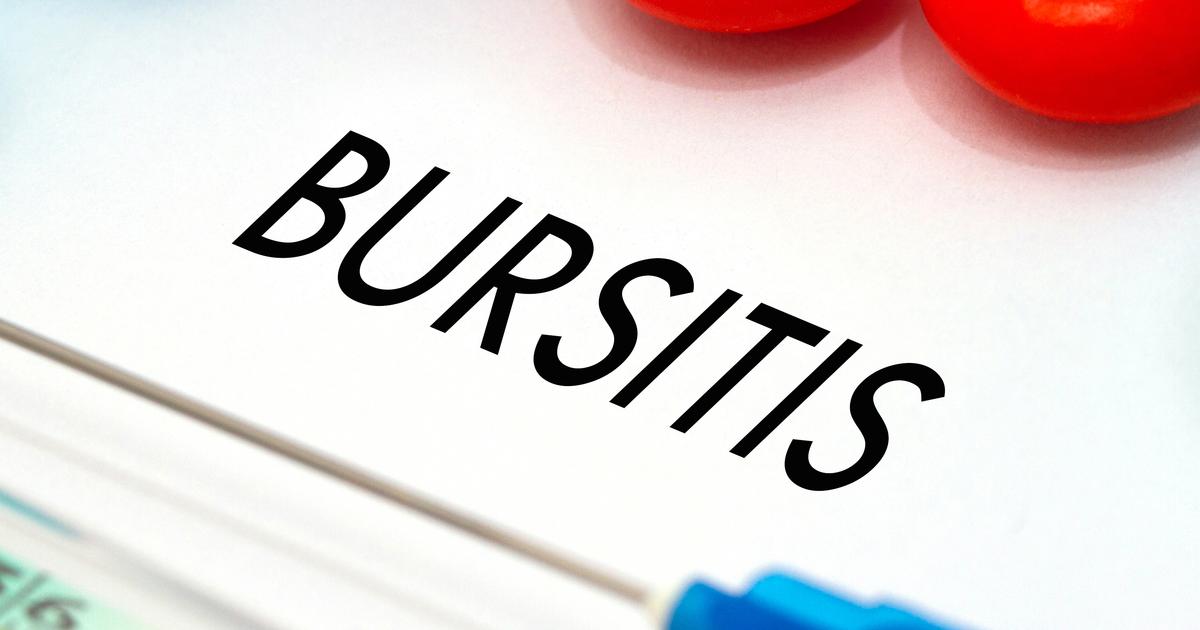
One of the potential complications from bunions is bursitis, a painful condition that occurs when there is inflammation of the pads cushioning the joints. These sacs are called bursae, and they are found in various places throughout the body. The repetitive pressure and ongoing warping of the shape of the foot can lead to inflammation in the toe joint. When bursitis occurs not as a result of bunions, it is most common to appear in the hip, elbow, and shoulder. Pain from bunion-induced bursitis usually occurs around the base of the big toe. A condition similar to a bunion can happen with the pinkie toe, which can also lead to bursitis in that joint. If individuals experience bunion-induced bursitis, one of the first courses of action is to get better and more cushioned footwear. Resting the joint is also recommended. The pain from bursitis tends to stop within a couple of weeks, though some individuals experience recurring flareups. A bunion with bursitis may look red and swollen in addition to protruding.
8. Hammertoe
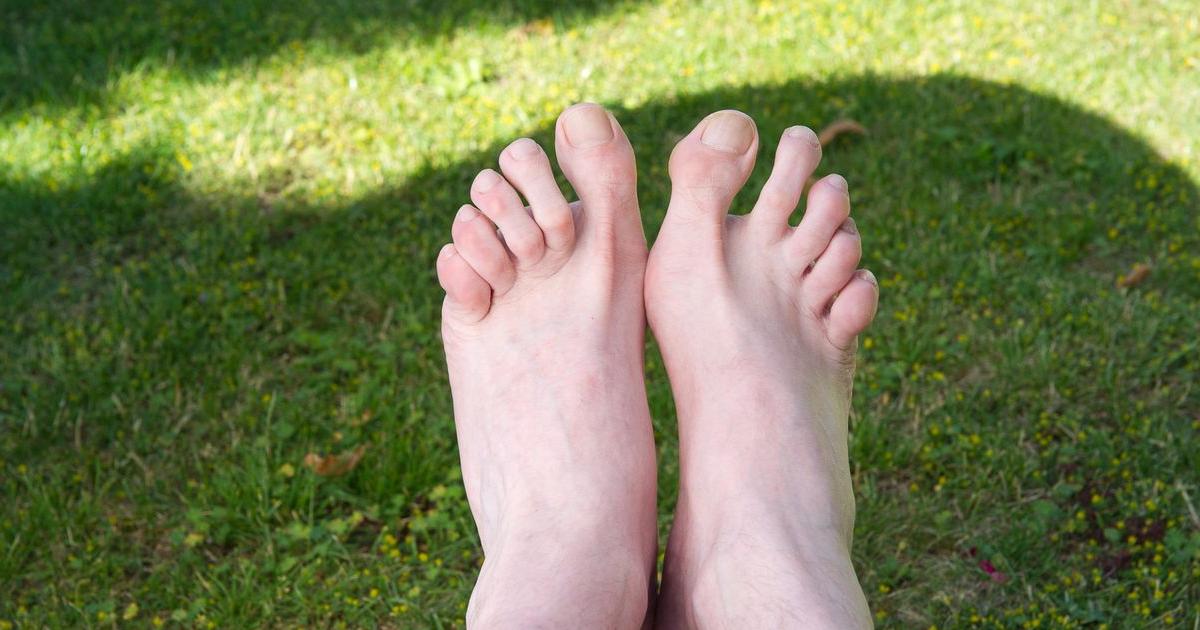
Another potential complication of bunions is hammertoe, which is a further deformity of the foot. Hammertoe is an abnormal bend in a toe's middle joint. When patients have bunions, it tends to occur in the second toe due to the pressure of having the first toe pushed against it. Hammertoe can lead to further pain and pressure in the foot. The abnormal bend can add to the pressure individuals experience when they wear shoes, especially if the shoe does not have a roomy toe box. Hammertoe may make the toe look like it is curled or bent even when it's straight. Aside from bunions, hammertoe is most commonly caused by an imbalance in the muscles and tendons of the foot. Improperly fitting shoes can aggravate a hammertoe, but the pain tends to lessen once individuals have shoes that fit. Some patients benefit from specialized orthotics.
9. Chronic Foot Pain
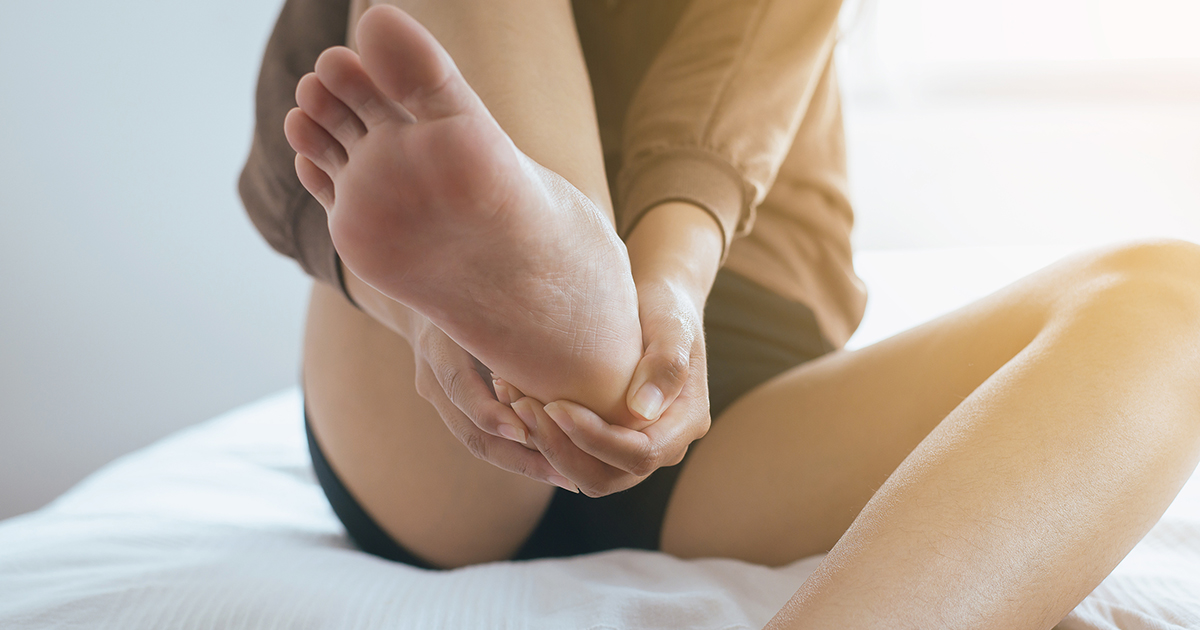
An untreated bunion can be quite irritating. Without treatment, including lifestyle changes, bunions can cause increased pain. One common complication linked to untreated or improperly treated bunions is chronic foot pain. In many cases, patients deal with chronic foot pain as a complication because their bunion is putting additional pressure on their toes and joints. The bunion rubbing against shoes and other objects can also increase the foot pain. In addition, the risk factors and causes of bunions combined with an existing and untreated bunion can contribute to the complication of chronic foot pain as well.
10. Metatarsalgia
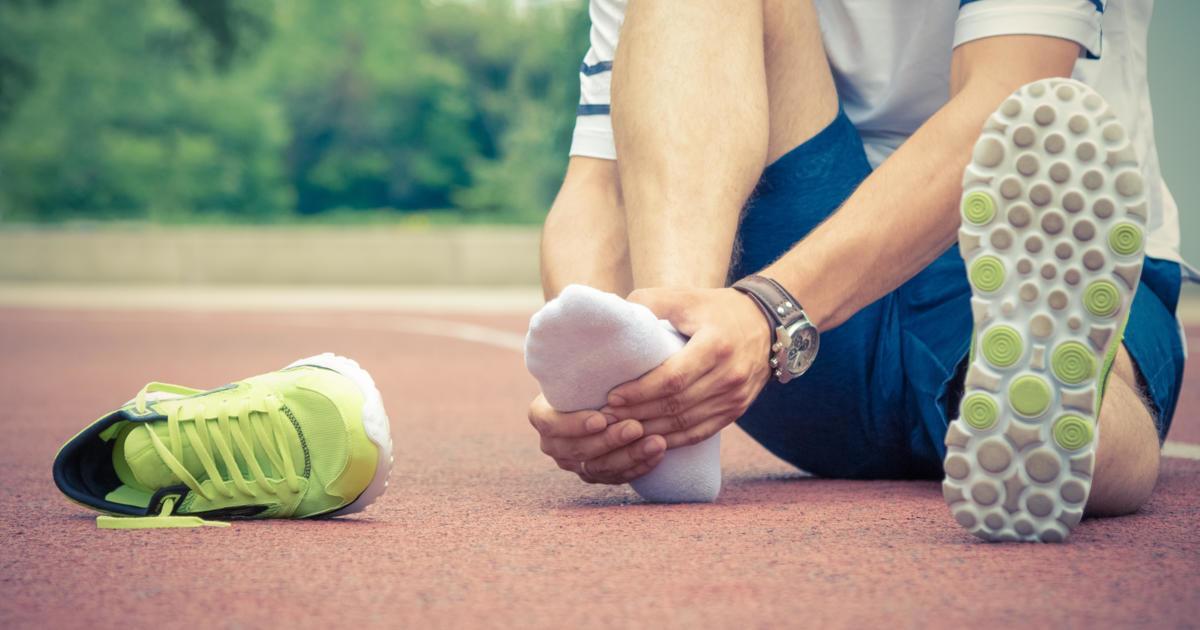
Metatarsalgia is another significant complication linked to untreated bunions. This condition involves the ball of an individual’s foot becoming quite inflamed and painful. The pain in metatarsalgia can be sharp, burning, or aching. It is always located around the ball of the patient’s foot. However, other symptoms include tingling, numbness, or shooting pain in the toes. When individuals wear shoes with this complication of bunions, they often feel as if there is a pebble or other small object in their shoes. The pain of metatarsalgia worsens when individuals are standing or active. Patients need to receive treatment for this condition, as well as bunions, in order to relieve the pain significantly.
11. Flat Feet
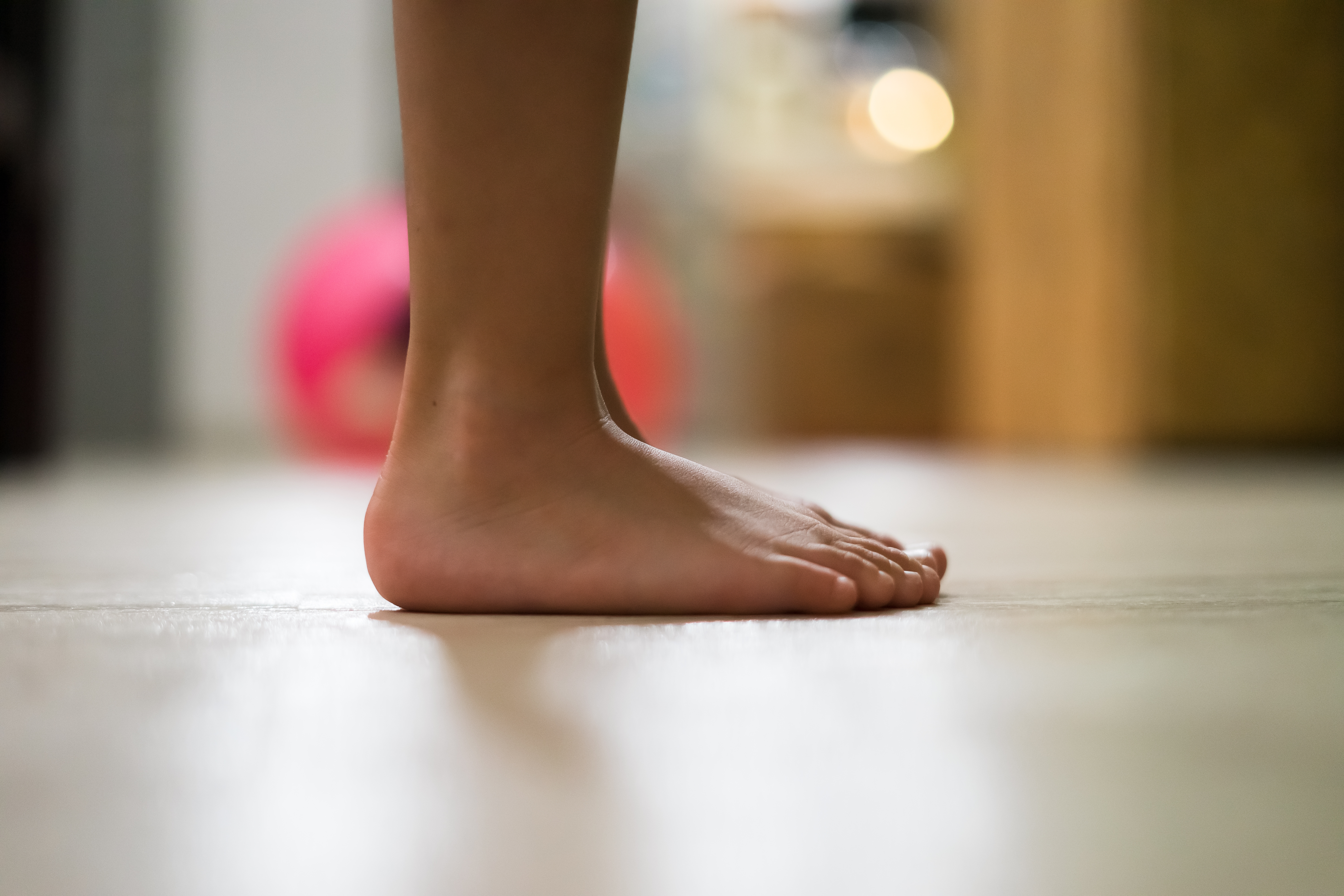
Individuals with flat feet lack the natural arch that helps absorb shock and distribute body weight evenly. This lack of support can increase the likelihood of developing bunions due to uneven pressure across the foot—especially at the base of the big toe. Without arch support, the big toe may begin to drift inward over time, causing misalignment and the gradual formation of a bunion. Wearing shoes with built-in arch support or using custom orthotics can help redistribute weight and lower the risk for individuals with flat feet.
12. Ligament Laxity
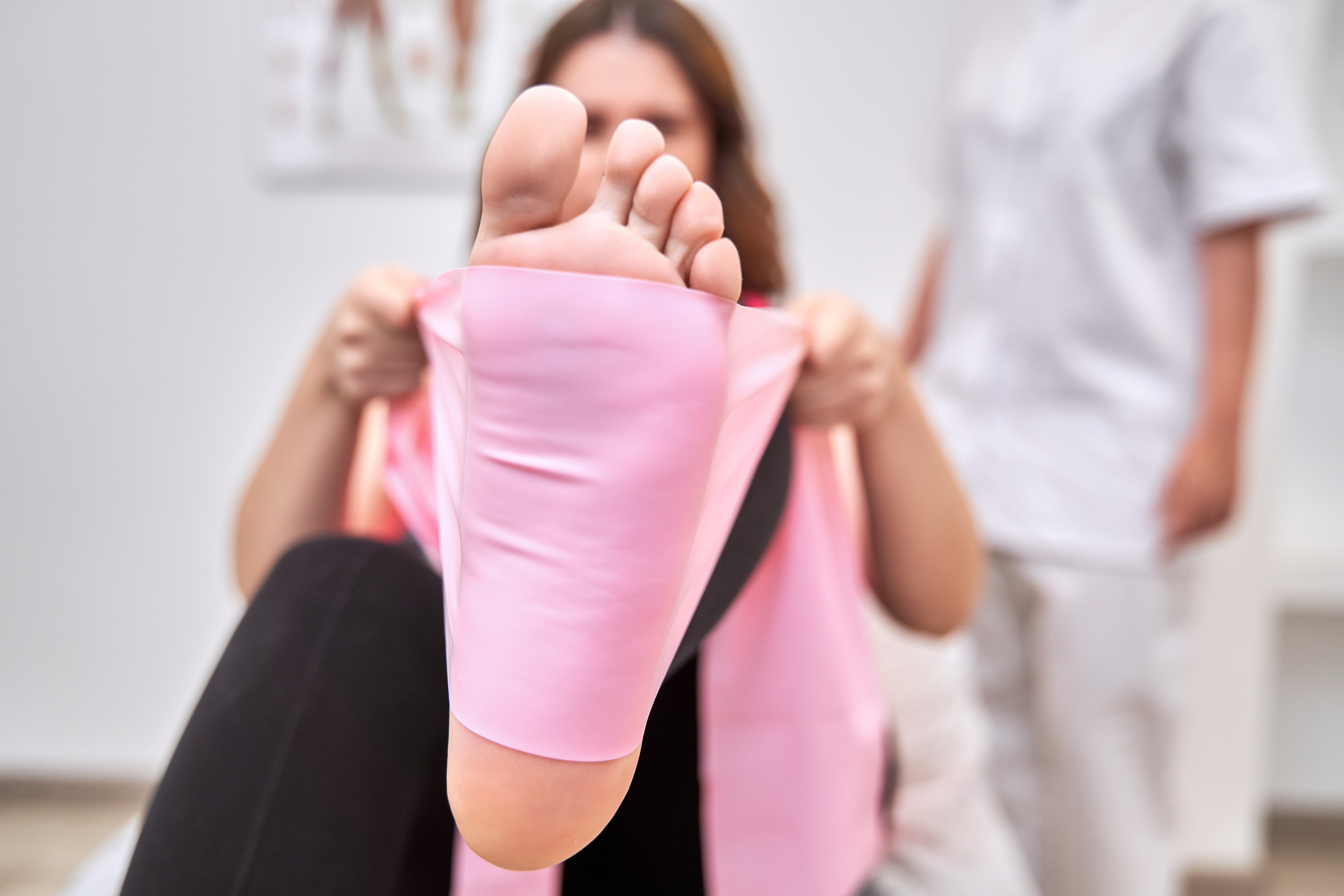
Some people naturally have looser ligaments, a condition known as ligament laxity. While this flexibility can benefit some physical activities, it can also lead to instability in the foot’s structure. Loose ligaments may allow the bones in the foot to shift more easily, especially under pressure from shoes or prolonged standing. Over time, this can contribute to the development of bunions, particularly if the instability is not supported with proper footwear or physical therapy.
13. Tendon Imbalance
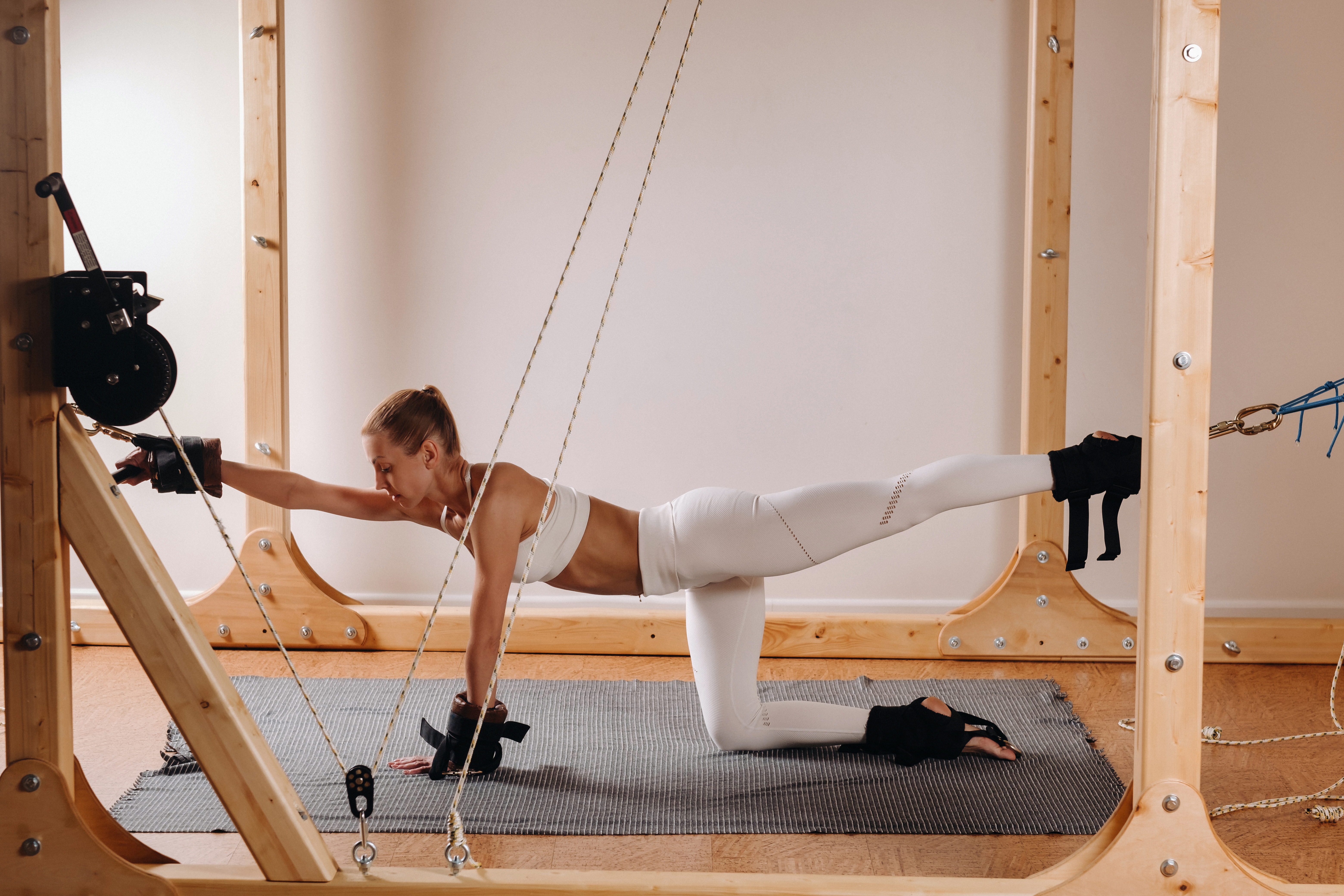
An imbalance between the tendons that stabilize the toe joint can also trigger the onset of bunions. This occurs when certain tendons pull the toe in one direction more than another, causing gradual misalignment. This imbalance is often subtle at first, but if left unaddressed, it can lead to joint deformity and bunion formation. Physical therapy and stretching exercises can sometimes correct or mitigate the effects, especially in early stages.
14. Family History of Foot Disorders

Beyond direct genetics for bunions, a family history of related foot issues—like flat feet, high arches, or hammertoes—can increase a person’s overall risk. These inherited traits affect how the foot absorbs pressure and responds to repetitive motion, especially in restrictive footwear. Knowing your family history can help you take preventive steps early, like using arch support, avoiding heels, and seeking professional guidance on shoe fit.
15. Pregnancy-Related Hormonal Changes
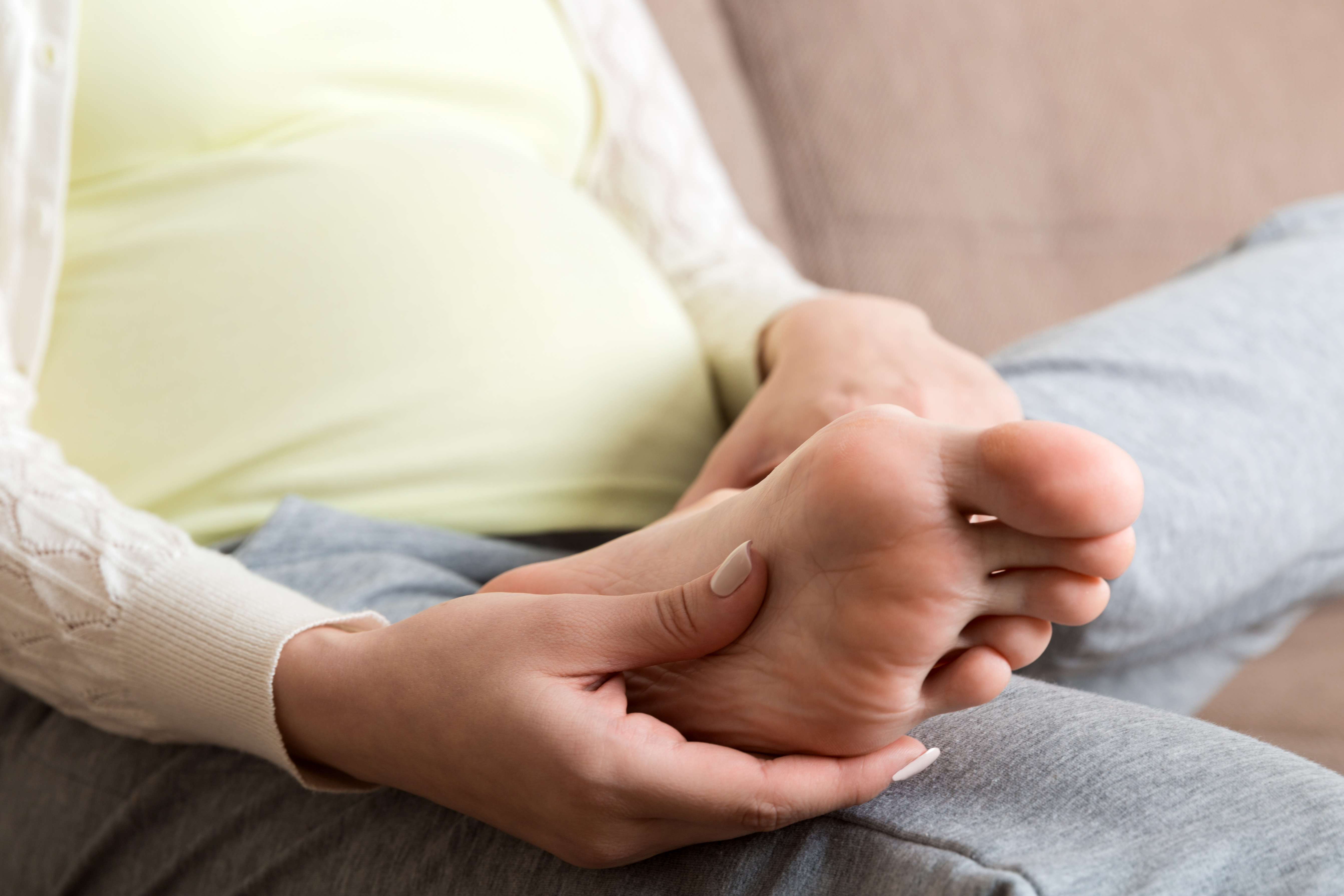
Hormonal changes during pregnancy can affect connective tissue throughout the body, including the feet. This increased looseness in ligaments and joints can make the feet more vulnerable to structural changes under pressure. In addition, weight gain during pregnancy places extra stress on the feet, potentially triggering or accelerating bunion development. Choosing supportive footwear during pregnancy can help minimize these effects.
16. Post-Surgical Instability
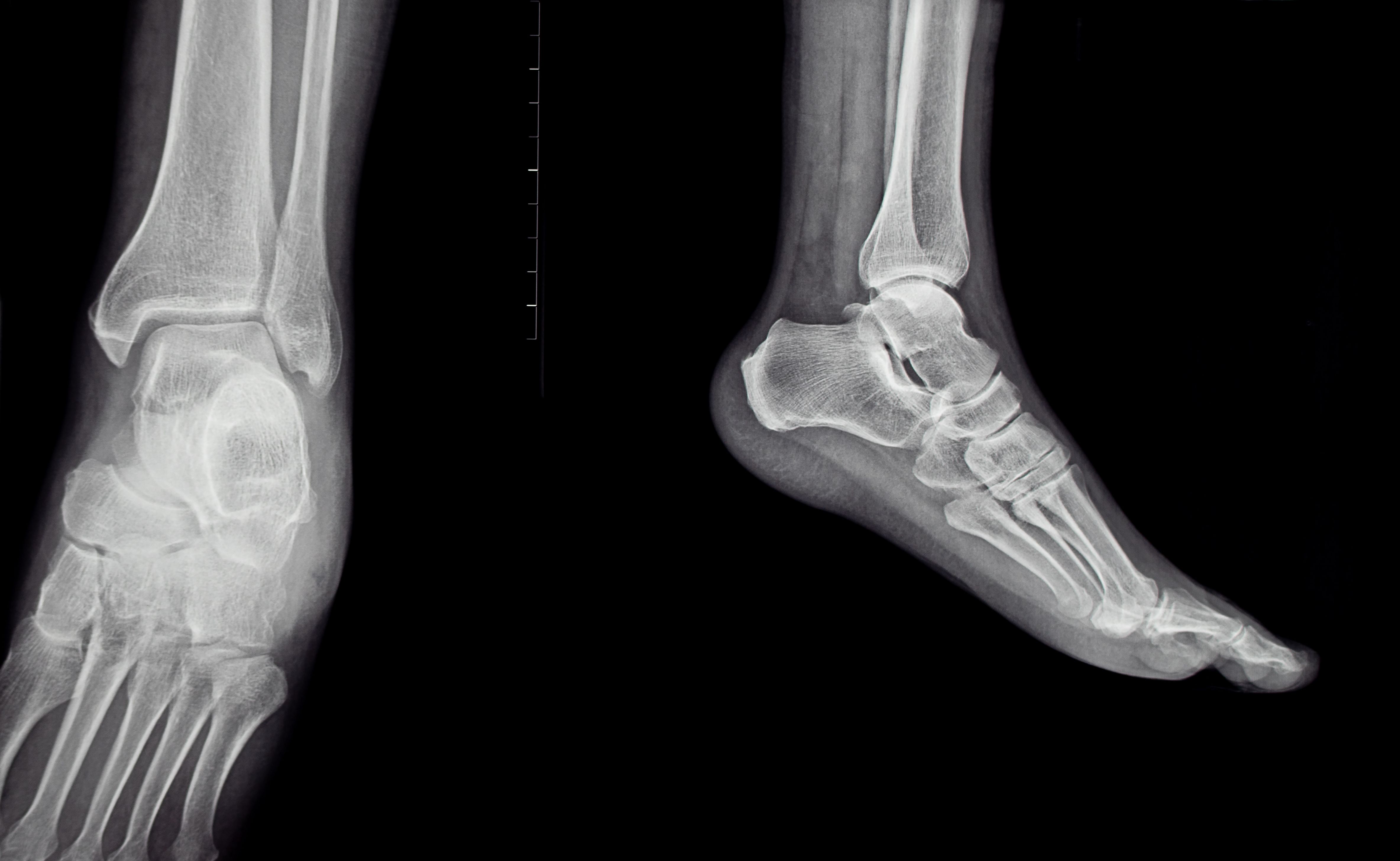
In some cases, bunions may develop or worsen after foot surgery if the procedure alters the balance of pressure and alignment. While most foot surgeries aim to correct issues, changes in how the foot absorbs weight can inadvertently shift stress to the big toe joint. Proper rehabilitation and follow-up support—like orthotics or physical therapy—are essential to avoid developing new deformities, including bunions, after surgery.
17. Diabetic Neuropathy
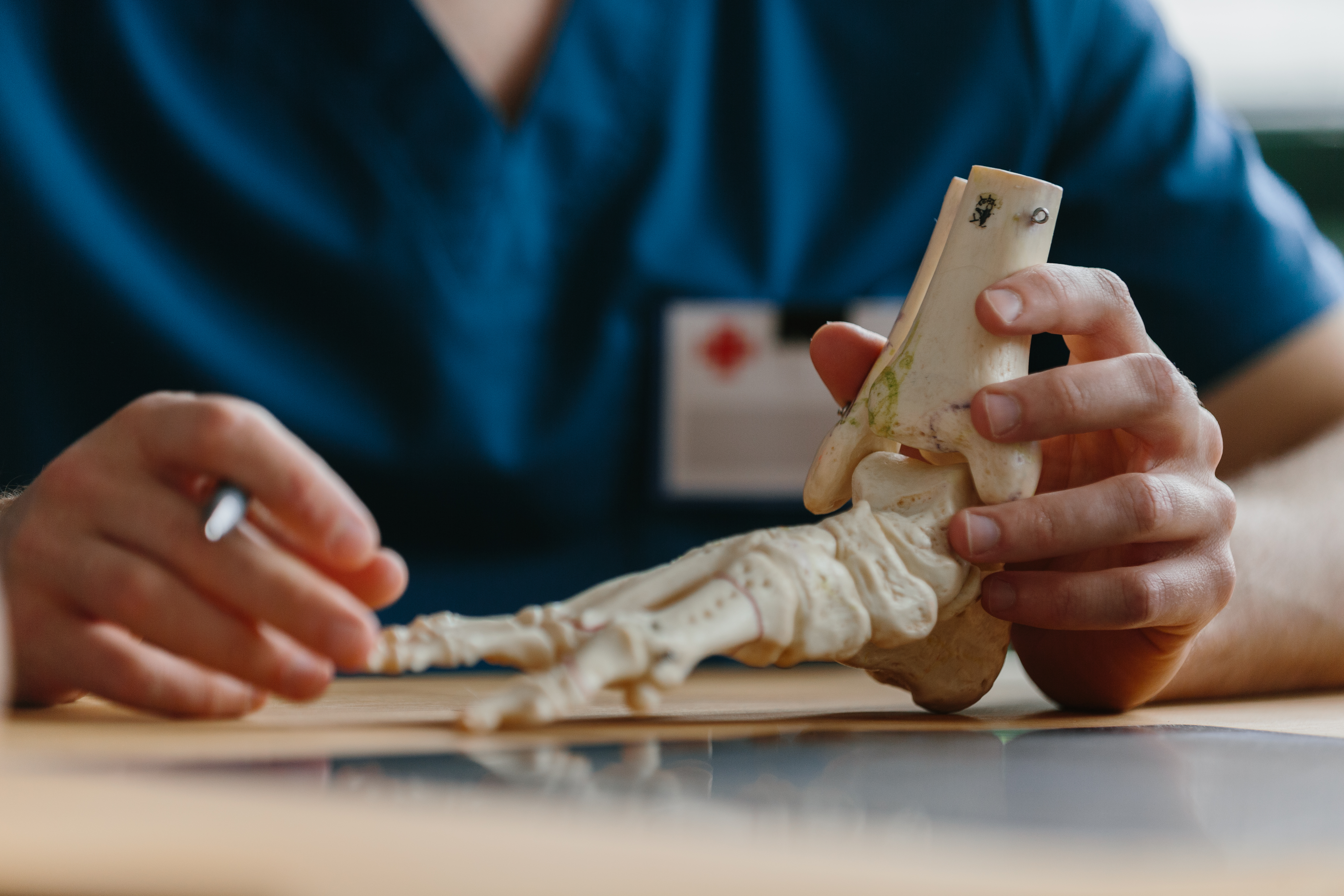
Diabetes can lead to nerve damage in the feet, known as peripheral neuropathy. When foot sensation is reduced, individuals may not feel early warning signs like shoe tightness, irritation, or pressure buildup—all of which can accelerate bunion development. In addition, poor circulation associated with diabetes can slow healing if a bunion becomes irritated. Regular foot exams and diabetic footwear can help prevent bunions from becoming severe complications.
18. Osteoarthritis
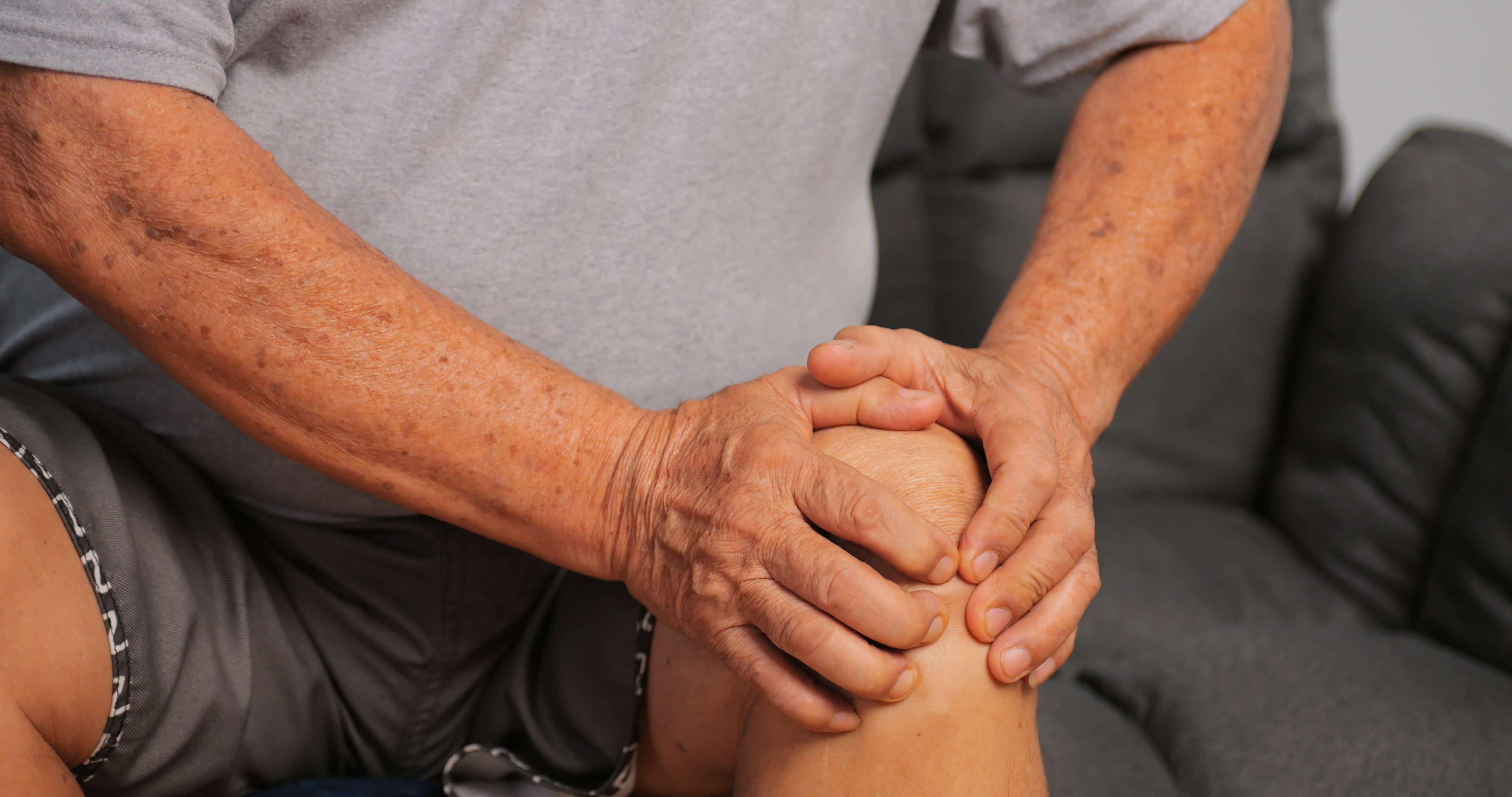
Unlike rheumatoid arthritis, osteoarthritis is a wear-and-tear condition that breaks down cartilage over time. This can cause pain, inflammation, and bone changes in the joints of the feet. As the protective cartilage in the big toe joint erodes, bones may begin to shift out of place, leading to bunion formation. Osteoarthritis also contributes to stiffness, making the toe more prone to misalignment during movement.
19. Immobility or Sedentary Lifestyle

While pressure and activity often trigger bunions, surprisingly, long-term immobility can also contribute. A sedentary lifestyle weakens foot muscles and limits circulation, which may make it harder for the foot to support proper alignment. Over time, without active use or supportive footwear, the structure of the foot can begin to collapse inward, allowing bunions to form or worsen. Gentle foot exercises and walking routines can help mitigate these risks.
20. Mental Health and Foot Neglect

Individuals struggling with depression or chronic stress may be less likely to notice or care for early foot discomfort. Foot hygiene and shoe selection often take a backseat, especially in cases of emotional burnout or limited mobility. Ignoring mild bunion symptoms can allow them to worsen unchecked. Incorporating foot care into daily self-care routines—and recognizing the mental-physical connection—can support earlier intervention and better outcomes.
A bunion may start as a minor annoyance—a bump that rubs against your shoe or aches after a long day. But left unaddressed, it can spiral into a painful, mobility-limiting condition that affects everything from how you walk to how you live. As our list shows, bunions are more than just a cosmetic concern—they’re a warning sign from your body about pressure, posture, and foot health. The good news? You don’t have to wait for surgery to take action. Supportive shoes, physical therapy, orthotics, and lifestyle changes can all help prevent progression and reduce pain. Whether your bunion stems from genetics, injury, arthritis, or even hormonal shifts, early awareness is your best defense. Don’t ignore the signs. Your feet carry you through every chapter of life—it’s time to return the favor with care, support, and smart choices that keep you moving pain-free.